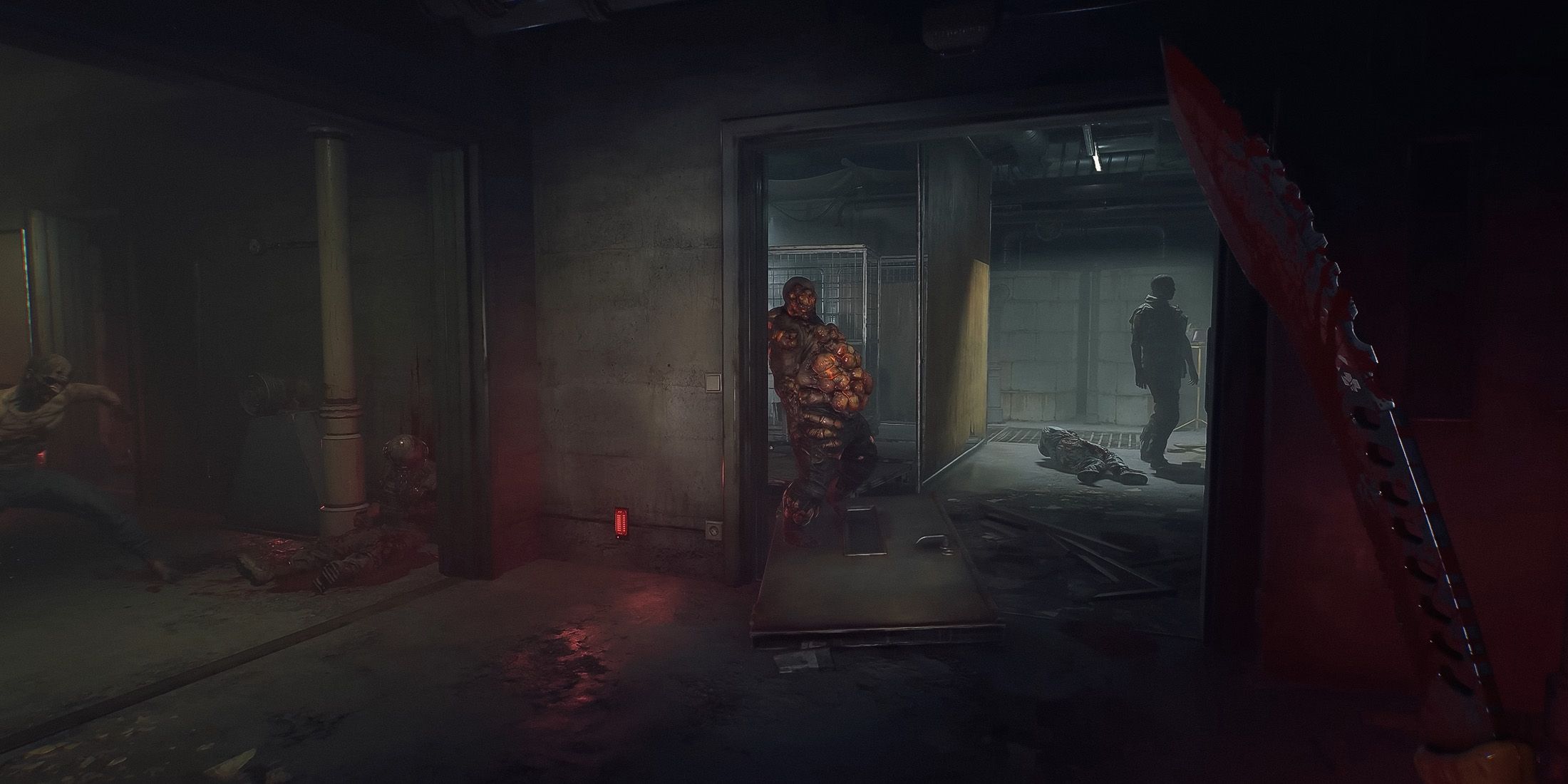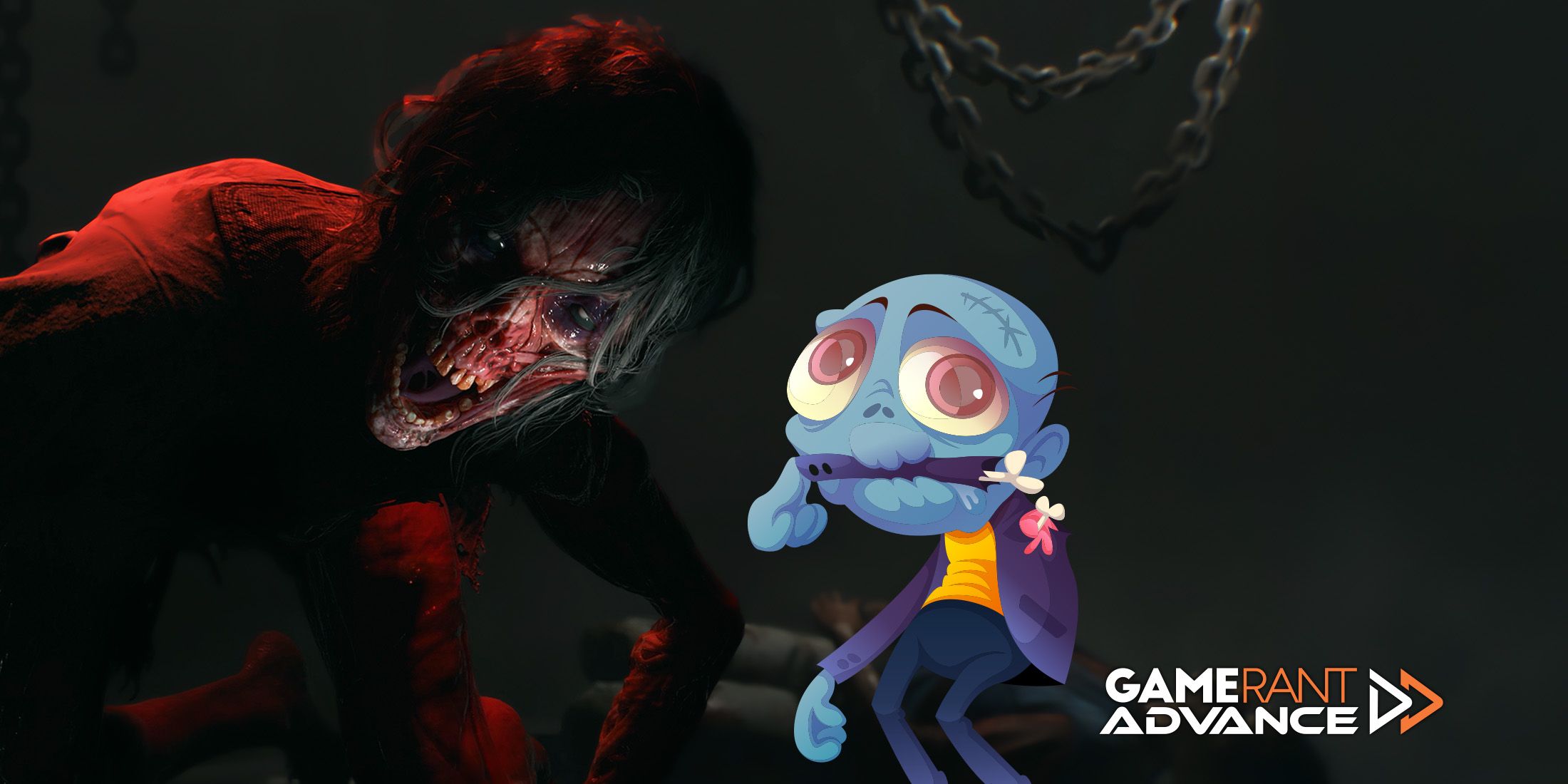Dying Light: The Beast players will be facing brand new hordes of zombies, all of which add to its classic bestiary. Techland aims for its zombies to be iconic, hitting all the classic high points, and the team recently discussed this approach in Dying Light: The Beast.
Dying Light: The Beast will be holding onto a lot of what made its predecessors so beloved, with a few new elements for this modernized title. Not only will the game see the return of the original game’s protagonist, Kyle Crane, but it will involve swathes of classic zombies and Chimeras thanks to The Baron’s experiments. Game Rant sat down with members of the Techland team, including franchise director Tymon Smektala, to talk more about what makes Dying Light‘s zombies tick. To start, Smektala said, “Our ultimate goal for the series is to make Dying Light the go-to zombie game, the ultimate zombie experience. Therefore, we don’t want to reinvent the genre—at least not yet—we want to make sure we hit all of the classic points expected by the fans of zombie fiction. That’s why we have slow zombies, fast zombies, mutated zombies, night zombies, etc.”
How Dying Light: The Beast Keeps Zombies Frightening

Zombies occupy a similar place in pop culture as vampires, skeletons, werewolves, etc., albeit with much more of a sci-fi lean (though zombies can definitely work in more fantastic settings too). The Dying Light series fits this exact bill, with zombies caused by an infectious disease. The infection aspect of zombies is a mainstay of the genre. Typically, zombies carry such an infection in endless swarms and hordes—and it’s the horde that gives zombies their horror license.
While a single zombie is easily slain, they rarely march alone—and they rarely stop marching. Zombies, like death itself, can be held at bay for a time, but no matter how many of them are destroyed, zombies will always catch their prey eventually. Given how the world of Dying Light has remained trapped in a zombie apocalypse, a degree of this hopelessness is certainly present.
When it comes to making the zombies of Dying Light, Smektala explained that the differences between a zombie coming off as cartoonish versus as a frightening monster are very slim. Little tweaks can make up their difference in terms of gameplay. As he said,
“Instead of coming up with new zombie types, our goal is to find the scary, the gruesome in their design and their behaviors. There are a lot of subtleties that make a difference between a ‘cartoon’ zombie and a truly terrific monster even the simple, slow-moving zombie can be. I won’t share all of our tricks, but just a little pro tip for someone who was working on zombie games for 12+ years—look at how ferocious your zombies are, how determined they are to get the player; try to convey that as strongly as possible using all of the means possible – the character of animations, the sounds that they make.”
The ferocity of zombies in Dying Light is certainly an asset to their horror, as well as to their game design. More aggressive zombies not only emphasize the stumbling, unfiltered mass of a zombie horde, but they also give the player more reason to return the favor and more satisfaction upon success. Zombies in gaming typically benefit from being a horde that can be torn through, and this certainly applies to the Dying Light series.
Dying Light: The Beast
- Released
-
September 19, 2025
- ESRB
-
M For Mature 17+ // Blood and Gore, Intense Violence, Language, Use of Drugs
- Multiplayer
-
Online Co-Op
- Franchise
-
Dying Light
- PC Release Date
-
September 19, 2025
- Xbox Series X|S Release Date
-
September 19, 2025


